Obtaining superb dried grapes depends on the size of the grapes themselves, their sugar content and method of drying. When drying, grapes lose a great part of their water but keep nearly all of their sugar.
The varieties of grapes that have a higher sugar content in relation to others, contain less moisture and lose less mass during drying.
To get a greater amount, it's best to stop watering them at least a week before picking the grapes you intend to dry, in order to significantly reduce the moisture content in them.
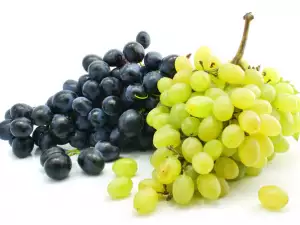
Seedless grape varieties are suitable for drying, no matter if the grapes are white, red or black.
There are several methods for grape drying. The oldest known way is to leave the grapes out in the sun. This method does not require any type of complex preparation for the grapes ahead of time.
After washing the grapes, remove any rotten or damaged grapes. If the grape clusters are large, divide them into smaller ones so that they can dry well.
Arrange them on newspapers and leave them somewhere where sunlight will shine on them for the majority of the day. Turn the grape clusters over every 2 days so they dry evenly.
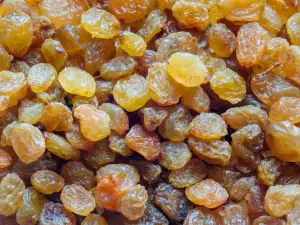
You can also process the grapes ahead of time by putting them in a boiling solution of water and a little sugar - 1 1/5 cups (300 g) of sugar for every 2.5 gal (10 L) of water.
Dip the grapes in the boiling solution, take them out right away and rinse them with cold water. Lay them out to dry, flip them over every 2 days until they dry completely.
To preserve the beneficial substances in the grapes, you can choose not to rinse them with cold water if you're going with this type of treatment.
The grape skins become covered in cracks and this speeds up the drying process, reducing drying time nearly 3-fold.
You can tell when your dried grapes are ready if no moisture comes out when you press down on them with a finger. They can be stored a long time in this form and retain their qualities.
This way you'll enjoy a delicious and healthy dessert all winter long.
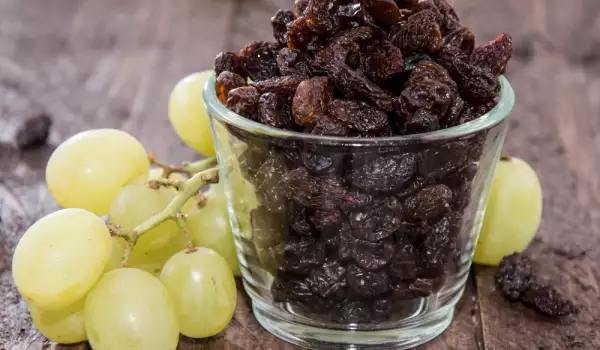


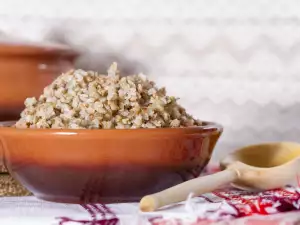
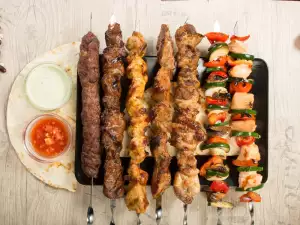
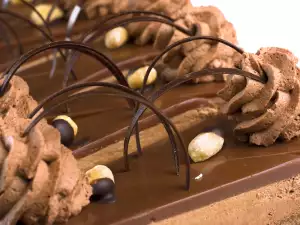
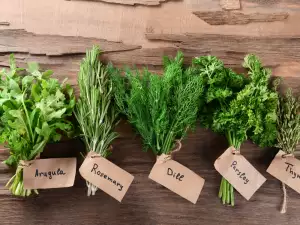
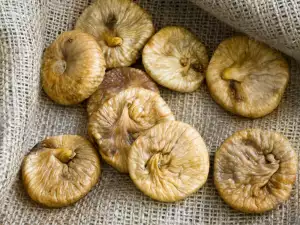
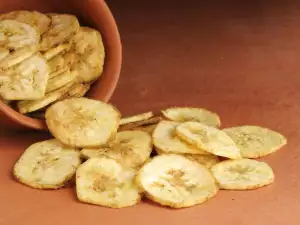
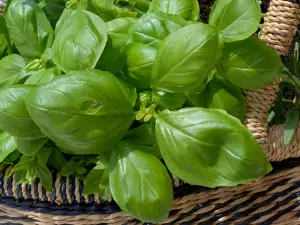
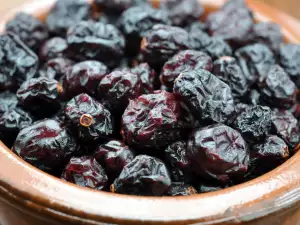
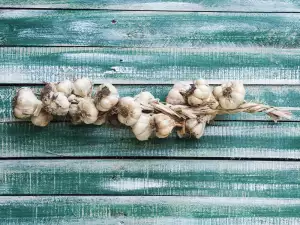
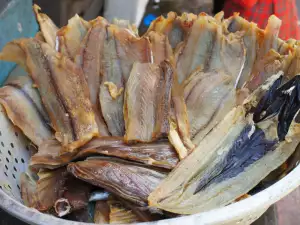
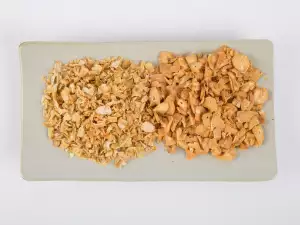
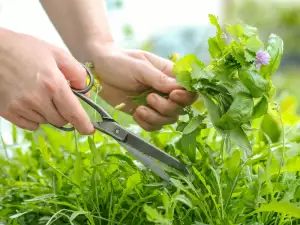
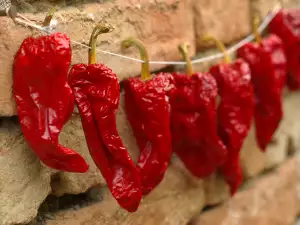




Comments